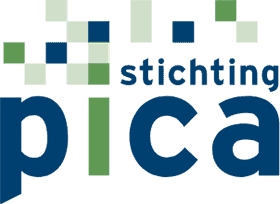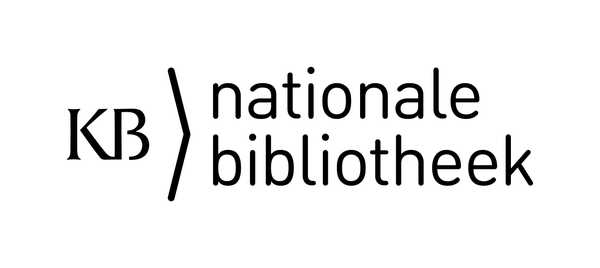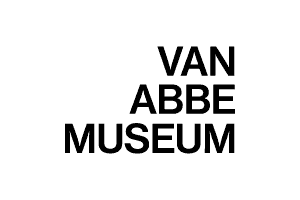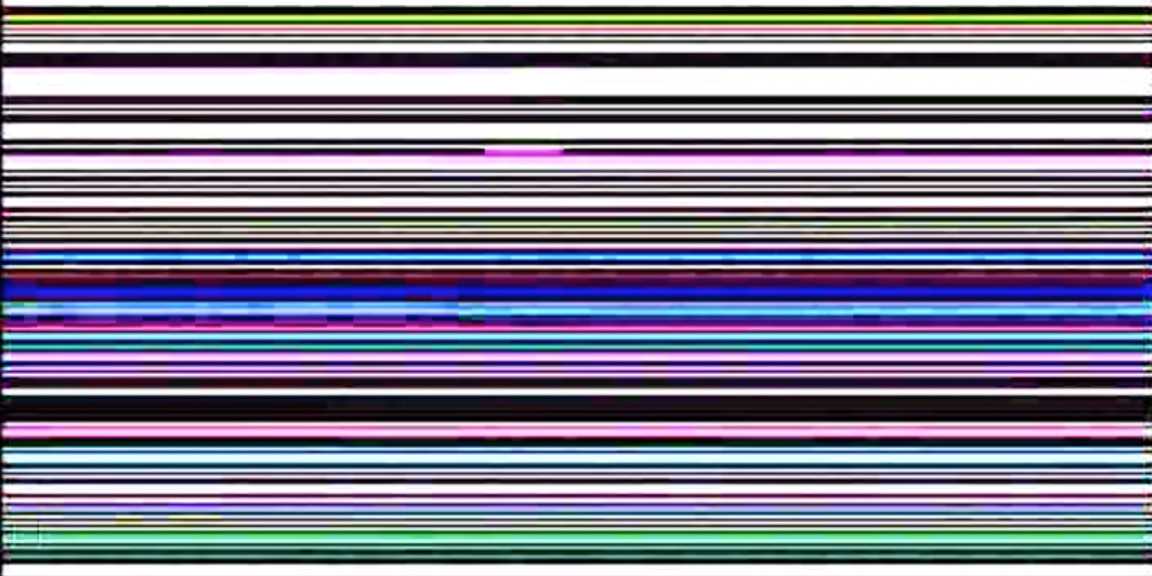
A Breakthrough in Data Modelling
Connecting and enriching media art collections
LI-MA is taking ambitious steps to make media art collections more visible, accessible, and meaningfully connected on a global scale. Through the Connecting Media Art project, we’re harnessing Linked Open Data (LOD) and teaming up with international partners to develop a shared language for describing media artworks.
This shared framework enriches collections, improves navigation, and increases relevance for diverse audiences. Our first major milestone is a complete redesign of LI-MA’s data model. This future-proof model captures the layered nature of media artworks with far greater accuracy and links them seamlessly to other heritage data. The early results are promising – read our full report by Tjarda de Haan here.
Shared Challenges
LI-MA is part of a large international network of heritage institutions dedicated to media art, working together to share expertise and raise awareness of the need for a more unified approach — as the field is currently still highly fragmented. Earlier this year, during the international Workshop on New Media Art Archiving at ZKM (Center for Art and Media, Karlsruhe), heritage institutions from across the globe gathered to discuss common challenges. Many institutions still lack clear guidelines for sharing (media art) data on both public platforms and internal systems. System compatibility remains a major hurdle. Media art is inherently complex and difficult to describe (or model) accurately. Many projects rely on temporary funding, while concerns about privacy and access rights (licensing) persist.
At LI-MA’s annual Transformation Digital Art symposium, we explored these issues further, particularly around data modelling and the use of standardised vocabularies. Although challenges remain, the momentum for change is growing.
Introducing the Four Level Artwork (FLA) Model
To describe works of media art more precisely, publish part of our collection as Linked Open Data, and connect it to other heritage datasets, LI-MA has developed a new data model: Four Level Artwork (FLA). Inspired by international standards and based on FRBR (Functional Requirements for Bibliographic Records), the FLA has been tailored specifically to media art, a domain that still lacks a universal standard. Within our project Connecting Digital Art, the FLA model serves as a testbed for linked data and advances innovation in how digital artworks are registered and preserved.
The FLA model describes a work of media art on four interconnected levels:
- Work – The conceptual top layer and the first level of the model. "Work" is the most abstract level within the model and refers to "the concept" or "the underlying idea" of a work of art.
Example: TST (2000) by Bas van Koolwijk is a conceptual idea that has been realised in various versions. - Expression – The concrete conceptual level. An Expression is the more concrete, yet still abstract, second level in the model. The Expression is described as the idea applied. An Expression can also be described as a version of a work of art.
Example: the Work TST (2000) by Bas van Koolwijk has two Expressions: TST.02 and TST.04, which differ in content). - Manifestation – The concrete technical implementation of an Expression. A Manifestation is the third level in the model, showing the technical embodiment of an Expression. This level refers to the published or visible form, potentially comprising multiple components – as in multichannel installations or software-based works. While an Expression is a concretization of a conceptual idea, a Manifestation is a materialization of the Expression.
Example: the Manifestations of TST (2000) are: TST.02 (Beam version), TST.02 (Monitor Version), TST.04 (Beam version) & TST.04 (Monitor version). - Item – The physical or digital representation of the Manifestation. These physical or digital media can be files, but also physical objects such as videotapes, hard drives, sculptures, or paper. At the Item level, the fourth tier of the model, is also where ownership of the Work is documented.
Example: from the Work TST (2000) by Bas van Koolwijk, within the Expression TST.02 and the Manifestation TST.02 (Beam Version), the Item is a Betacam SP videotape stored in LI-MA’s vault.
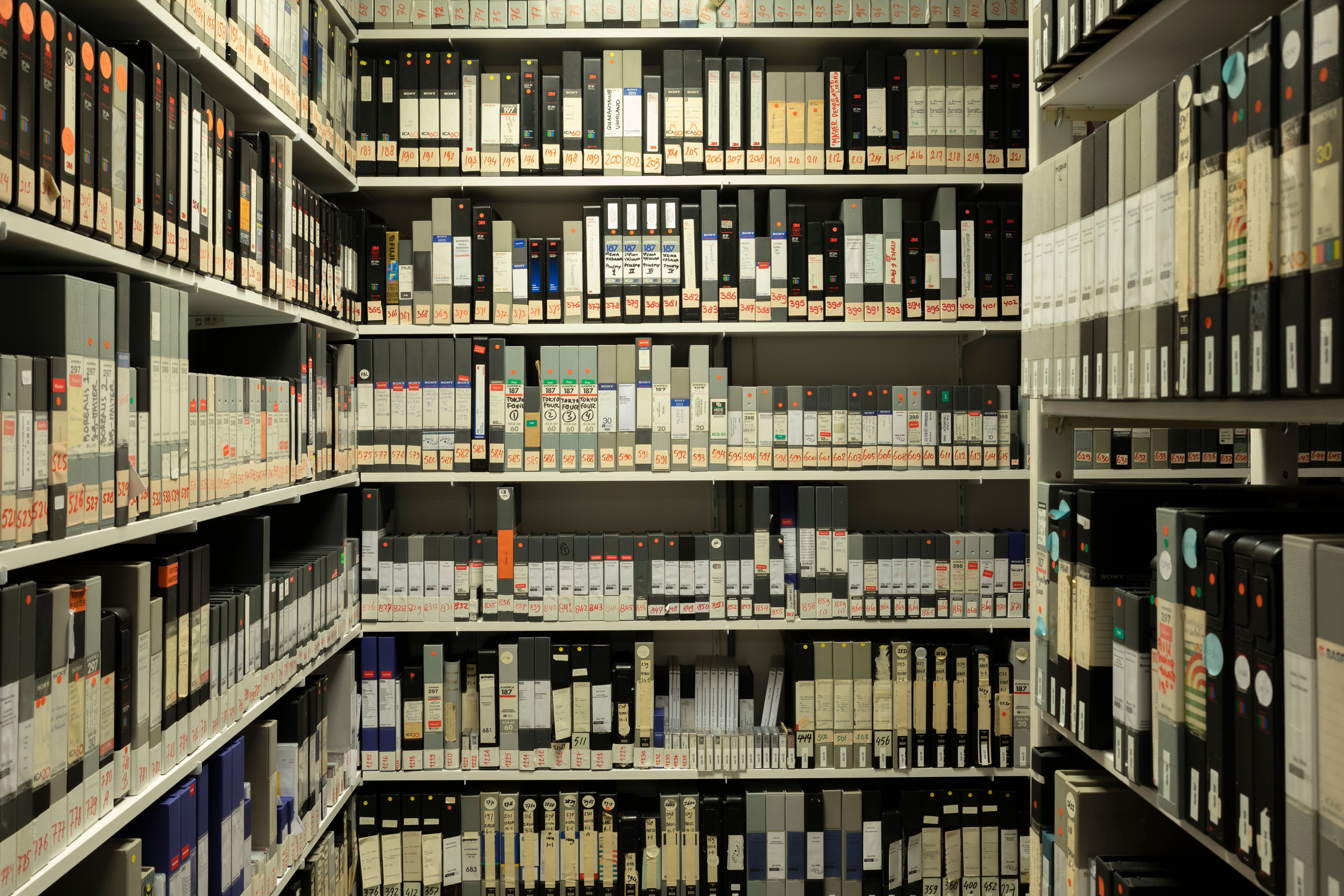
Upgrading the Collection Information System
To support Linked Open Data, LI-MA is adapting its Collection Information System (CIS). Key changes include:
- Implementing persistent identifiers (PIDs) directly within the CIS;
- Introducing new registration fields based on the FLA model;
- Starting with a focused selection of single channel video works;
- Establishing links with the Dutch Digital Heritage Network ‘Termennetwerk’, beginning with the term ‘artist’ (including name, type, and role);
- For both selections, we’re reviewing (inter)national vocabularies such as Linked.Art, Getty AAT, Geonames, and Wikidata.
By testing iteratively and keeping the scope tight, we can quickly identify and fix roadblocks. We are progressing rapidly, but with precision. These steps will ensure collections are future-proof and easily shared as open datasets using standardised terminology.
Coming Up: Expert Meeting & High-Calibre Advisors
Later this summer, we will host an Expert Meeting with key field partners to discuss the Four Level Artwork (FLA) Model and persistent identifiers (PIDs) – deciding which levels and formats to adopt.
We are delighted to announce two exceptional additions to the Advisory Group for Connecting Media Art: Robert Sanderson, Senior Director for Digital Cultural Heritage at Yale University in the United States, and Elsbeth Kwant, Strategic Advisor to the Executive Board of the KB National Library of the Netherlands. Their insights and experience will be invaluable in advancing this initiative, which contributes to the sustainable preservation and management of media art.
To Be Continued…
This is only the beginning. The insights and tools we’re developing will benefit not only LI-MA but institutions worldwide, helping to preserve, describe, share, and safeguard media art for future generations – transforming a fragmented landscape into a connected network.
Connecting Media Art is a collaboration between LI-MA, the Van Abbemuseum, and international partners. We’re also in close contact with the Eye Filmmuseum, the National Library (KB), the Rijksmuseum, and the Dutch Digital Heritage Network (NDE). Connecting Media Art aligns closely with LI-MA’s mission to ensure the long-term accessibility and visibility of media art, and is supported by the PICA/Connected Digital Heritage programme – a collaboration between Stichting Pica and the KB National Library of the Netherlands.
Header image: Bas van Koolwijk, TST. 02 (beam versie), 2000, 4'26". In collection: LI-MA.


